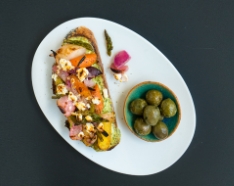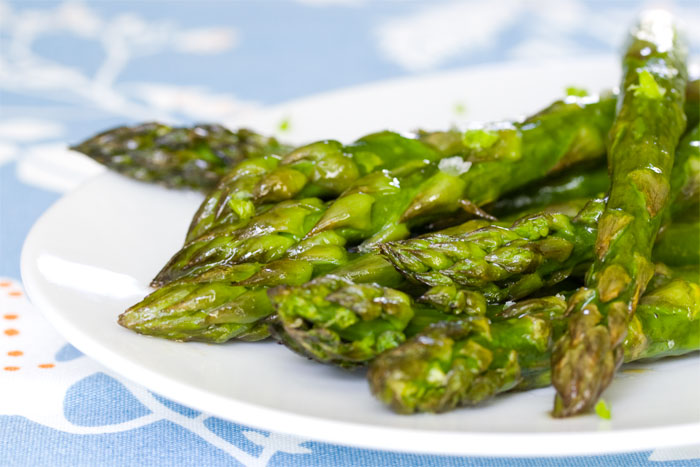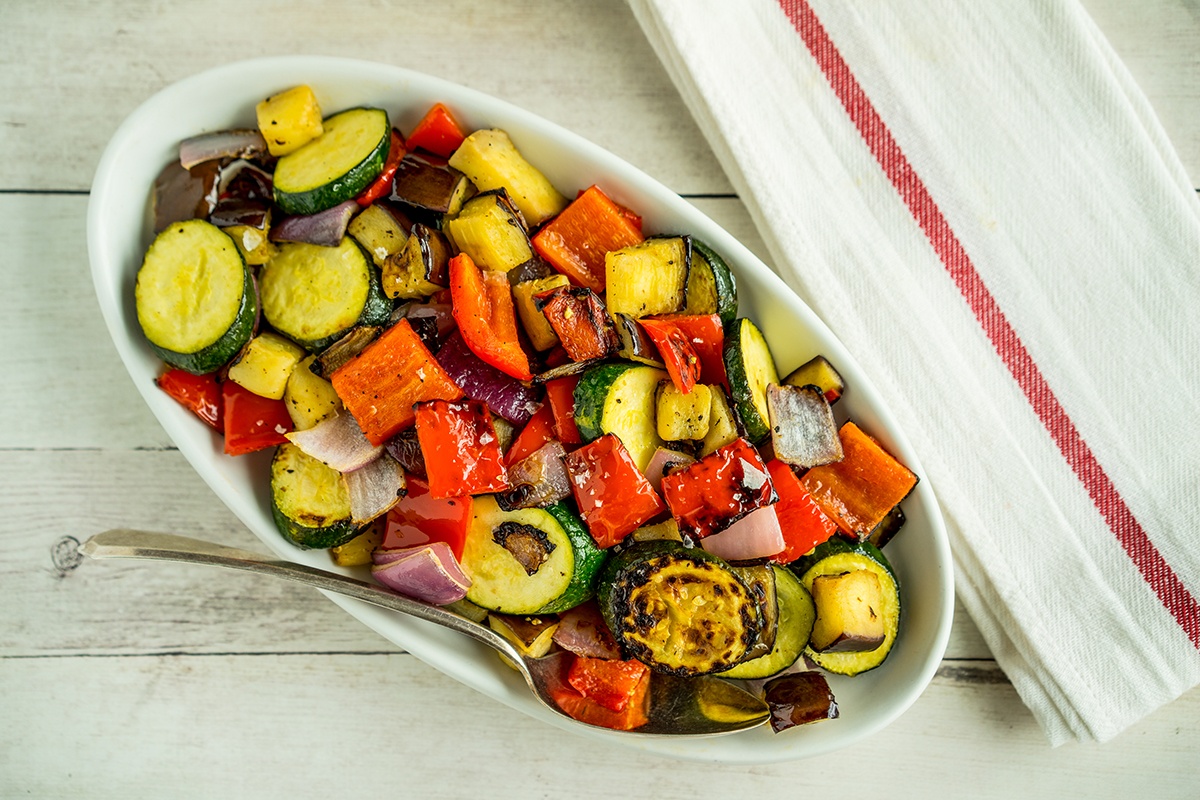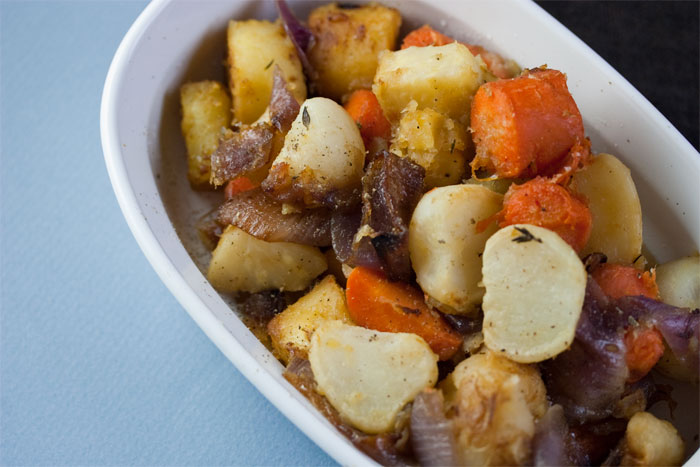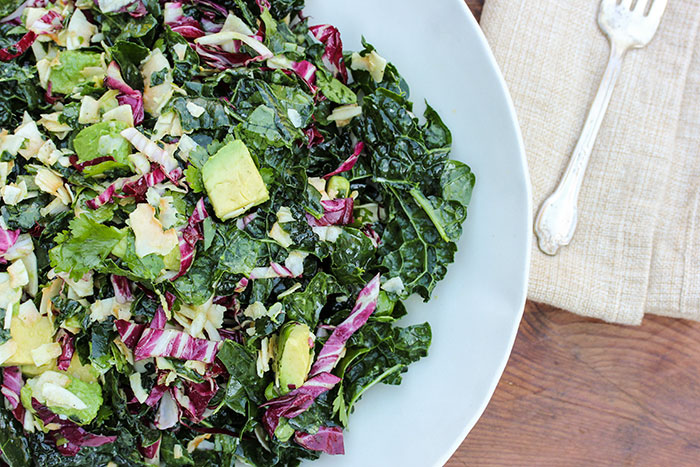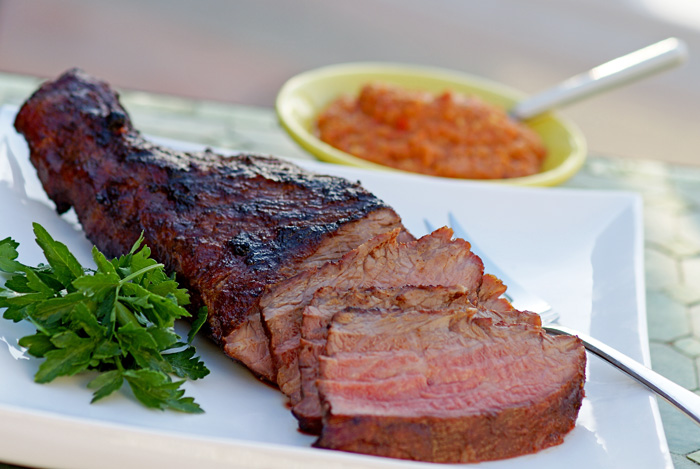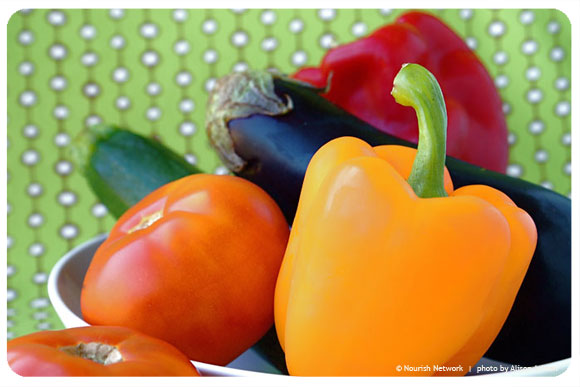It’s inevitable. As people learn more about where their food comes from and start to shift their buying habits from whatever’s on the shelf to more deliberate, sustainable choices, they run up against a wall. Where do I find the foods I can feel good about? Happily, in many communities, local food now offers pasture-raised chicken, grass-fed beef, and sustainably raised pork.
Farmers' markets, CSAs and even community gardens abound these days, offering an abundance of fresh, seasonal produce. From December, 2001 to July, 2005, the number of reported CSA farms rose from 761 to 1,144, an increase of roughly 50 percent. And here’s some more good news: There’s a burgeoning movement on the meat front too.
A growing number of CSA farms are expanding beyond produce to offer meat, poultry and eggs from the pasture. Part of the reason is just smart business; farmers are diversifying their product mix. Another driver for many farmers is the desire to create the closed-loop system that agriculture was meant to be.
What do I mean by that? To explain, I’ll borrow an illustration that Wes Jackson of The Land Institute used when I saw him speak at a conference a couple of years back. He popped a slide of Norman Rockwell’s “Visit From a County Agent” illustration up on screen and then articulated how it encapsulated all the elements that make agriculture work.
Right off the bat, you can see that there are a variety of animals in the photo, and each has its purpose. The cats catch the mice. The dogs ward off predators. The chickens lay eggs and produce poultry. The cows produce milk and meat.
But that's just the surface. Jackson also pointed out that the chicken and cows were essential for more than just their eggs, milk and meat. Their manure was the gold the land needed to grow the crops that fed the livestock and the family.
There’s your closed loop. Waste from the animals to fertilize the fields to grow the crops to feed the livestock and the family … and on back around again. Compare that to monoculture crops and feedlot cattle—the two ends of the spectrum in a ruptured farming system—where synthetic fertilizer must be purchased to grow the crops, and excess waste from cattle creates toxic cesspools.
If you’ve read Michael Pollan’s Omnivore’s Dilemma or watched FRESH or Food, Inc., the concept of a closed-loop farming system isn’t new to you (nowadays we call it polyculture). What is new, to bring us back around to the topic of this post, is the fact that it’s inspiring more and more small farmers to expand beyond just crops.
Some, like Dearing Country Farms in Illinois, have expanded their CSA produce offerings ($330 for roughly five months of produce) to eggs and chickens ($700 for produce plus a chicken and a dozen eggs each week). Others, like Oregon’s Inspiration Plantation’s “CSP” (Community Supported Pasture), focus strictly on meat; in this case, chicken, turkey, lamb and pork.
As rosy at it may seem to jump into a meat CSA, there are challenges for both farmer and consumer. The first is the added complication and cost of processing; in order to be sold commercially, meat must be processed in a USDA-certified facility. Second is the fact that meat is highly perishable and must be stored—and sold—frozen. Third is a matter of scale: A cow is a lot larger than a head of cauliflower. What’s easiest for the farmer, to sell a side of beef, for instance, is not the most convenient for the customer … unless you happen to have a very large, empty freezer and a penchant for cooking nose to toes. But I’ve found that that’s changing. Most of the meat CSA options I run across nowadays focus on primal cuts and sausages.
So where, you ask—you plead—can you find a meat CSA? The best source I’ve found for direct-to-consumer meat is www.eatwild.org. You have to cull through the listings in each state to find those near you, but it’s worth it for the range it offers. Other resources are www.localharvest.org and www.eatwellguide.org.
Don’t forget one of the major benefits of joining any CSA … to get to know the people who grow, or in this case raise, your food. Who knows, maybe they’re fans of Norman Rockwell.

